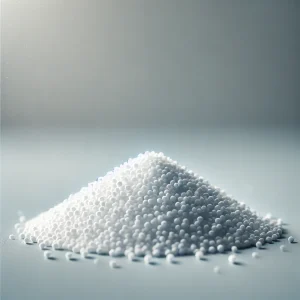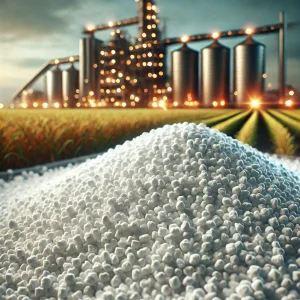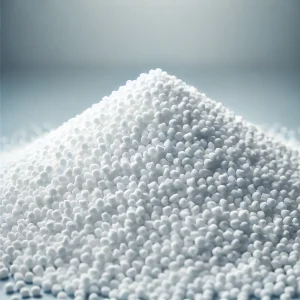Urea, also known as carbamide, is an organic compound with chemical formula CO (NH2)2. this product has important uses as a fertilizer and feed supplement, as well as a starting material for the manufacture of plastics and drugs. It is a colorless, crystalline substance that melts at 132.7°C (271°F) and decomposes before boiling.
Urea is a valuable substance and one of the most important compounds too.
This material also has solved many basic and important needs in the field of industry.
Urea is a multifaceted compound with critical roles in biology, agriculture, and industry. Its discovery and subsequent synthesis not only revolutionized our understanding of chemistry but also led to numerous practical applications that continue to impact various fields today. Whether in the human body, the soil, or industrial processes, urea’s significance cannot be overstated.
Physical Properties
Appearance: Urea is a white, crystalline solid.
Solubility: It is highly soluble in water, forming a clear, colorless solution.
Melting Point: Urea melts at about 132.7°C (271°F).
Boiling Point: It decomposes before boiling, breaking down into ammonia and carbon dioxide.
Density: It has a density of approximately 1.33 g/cm³.
Usage
Fertilizers: Urea is a widely used nitrogen-rich fertilizer. It provides a high concentration of nitrogen, which is essential for plant growth. (agriculture)
Industrial Applications: It is used in the production of plastics, resins, and adhesives. Urea-formaldehyde resins, for instance, are used in various consumer goods.
Medical Uses: Urea is used in some medications and creams for its keratolytic effect, helping to treat conditions like psoriasis and eczema.
Laboratory Reagent: In biochemistry, urea is used as a denaturant in protein studies and as a reagent in the urease test to detect bacterial infection.
Safety and Handling:
Toxicity: Urea is generally considered low in toxicity. However, high concentrations may cause irritation to the eyes, skin, or respiratory system.
Stability: Urea is relatively stable under normal conditions but can decompose into ammonia and carbon dioxide when exposed to high temperatures or strong acids.



